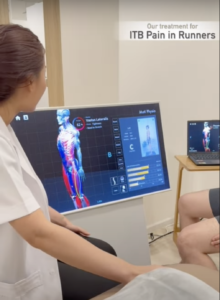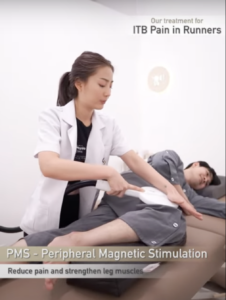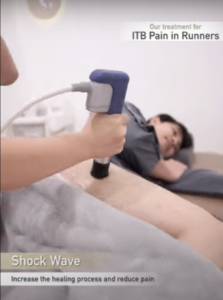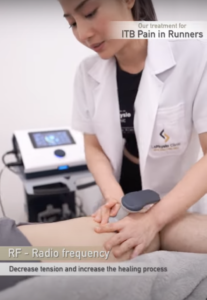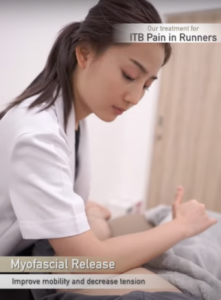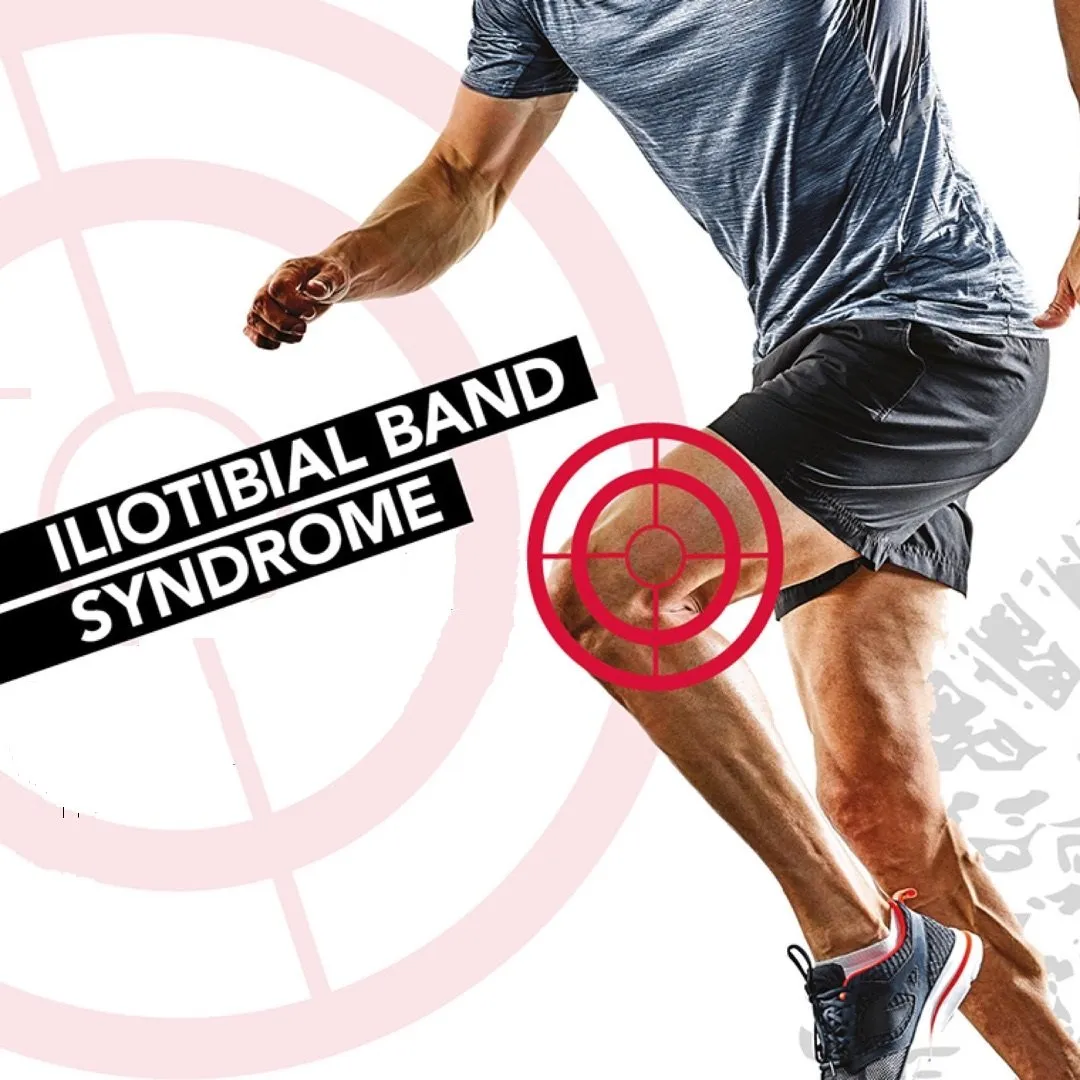Relieve ITB Syndrome Pain: Expert Physiotherapy Solutions That Work
Are you feeling pain or discomfort on the outside of your knee during physical activity? You might be dealing with ITB Band Syndrome, a common condition for athletes and runners. But there’s no need to let this slow you down—our specialized physiotherapy can help you overcome this pain and get back to your active lifestyle.
At Le Physio Clinic, we go beyond just treating the symptoms. Our team is skilled at identifying the root causes of ITB Band Syndrome, which occurs when the iliotibial band (a thick tissue running from your hip to your knee) becomes inflamed. This inflammation can cause sharp pain, disrupting your workouts or runs.
Our expert physiotherapists develop personalized treatment plans that not only relieve pain but also correct underlying issues. Whether you’re a runner, athlete, or just trying to stay active, our approach will help you recover faster and get back to your exercise routine stronger than ever.
Common Causes of ITB Band Syndrome
ITB Band Syndrome occurs when the iliotibial band is compressed too tightly against the outside of the knee, leading to friction and irritation as the knee bends and straightens during activities like jogging. This condition can result from increased stress on the knee due to heightened physical activity or the IT band overcompensating to stabilize the hip. Additionally, direct mechanical forces, such as a fall or impact in sports like soccer, can also trigger ITB Band Syndrome.
Why Poor Running Technique Hurts:
- Overstriding: Landing with your foot too far forward (often with a heel strike) ramps up braking forces and knee stress, straining the ITB.
- Poor Posture: Slouching or leaning disrupts alignment, causing movements that stress the ITB.
- Inappropriate Cadence: Running with a slow cadence (under 170 steps/min) increases ground contact time, stressing the ITB. Too many steps? That’s poor balance and weak hip abductors.
- Weak Glutes: Weak glutes mean poor pelvic and leg stabilization, increasing ITB strain.
Physiotherapy for ITB syndrome
Step 1: Identify the Pain
Get your posture and running form analyzed by our Physiotherapists. We'll spot and correct issues with a personalized improvement plan.
Try our cutting-edge 3D posture analysis AI for both static and dynamic movement evaluations.
Step 2: Improve Mobility
Stretch it out! Focus on the lateral line, quads, inner thighs, hamstrings, and glutes.
Experience Myofascial Release for better motion and less tension and pain.
Step 3: Physiotherapy Treatment
Radial Shockwave Therapy: Relieve tender points and reduce tension along the ITB.
Peripheral Magnetic Stimulation: Strengthen essential running muscles and relax overworked ones.
Radio Frequency Therapy: Effective deep heat therapy to improve healing and reduce ITB tension.
Step 4: Perfect Your Running Mechanics
Work with our expert instructors to land with your foot beneath your hips for a midfoot or forefoot strike, reducing knee and ITB stress.
Maintain an upright posture with a slight forward lean from the ankles. Keep your chest open and shoulders relaxed for better alignment and efficiency.
